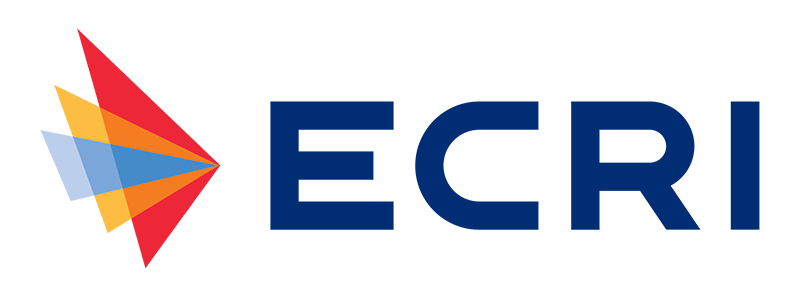
ECRI's Top 10 Health Technology Hazards: A Vital Resource for Healthcare Providers
We're excited to announce that ECRI's highly anticipated annual report—Top 10 Health Technology Hazards for 2025—is on the way and is launching early!
This report is crucial for healthcare organizations as it identifies emerging risks in the rapidly evolving healthcare technology landscape. Each year, we analyze extensive research and expert insight to highlight potential hazards that could impact patient safety. Our goal is to empower healthcare providers with the knowledge they need to enhance patient care and improve operational efficiency.
The Significance of the Top 10 Health Technology Hazards Report
Our Top 10 Health Technology Hazards report is a key resource for several reasons. First and foremost, it consolidates critical information about the most pressing technological risks that could jeopardize patient safety. With the integration of advanced technologies—ranging from artificial intelligence and telemedicine to sophisticated medical devices—the potential for hazards has grown significantly. The 2025 report will feature several first-time topics that underscore the necessity for stronger processes and innovative solutions to address these risks effectively.
Benefits for Healthcare Organizations
- Enhancing Patient Safety: The primary aim of our report is to enhance patient safety. By identifying specific risks associated with medical devices and technologies, we enable healthcare organizations to implement proactive measures to mitigate these hazards. For instance, understanding the risks tied to a specific device can help an organization improve how a technology is implemented, how users are trained, or how the equipment is maintained ultimately reducing the likelihood of harmful malfunctions.
- Informed Decision-Making: We recognize that healthcare leaders face challenges when selecting new technologies or upgrading existing systems. The insight provided in our report can guide decision-makers in evaluating which technologies to adopt, prioritize, or phase out. With data on potential hazards in hand, organizations can make informed choices that align with their commitment to patient safety and quality care.
- Resource Allocation
- Regulatory Compliance: As regulatory requirements surrounding healthcare technology become increasingly stringent, it's essential for organizations to stay abreast of the latest risks. Our report serves as a valuable resource for ensuring compliance with regulatory bodies and standards, helping organizations avoid costly penalties and legal challenges.
- Promoting a Culture of Safety: Regular engagement with our findings fosters a culture of safety within healthcare organizations. When staff members are educated about potential hazards and actively involved in risk mitigation, it encourages a proactive approach to patient care. This culture not only improves patient outcomes but also enhances staff morale and accountability.
How Provider Organizations Should Use the Report
- Integration with Patient Safety Strategies: We encourage healthcare organizations to incorporate our findings into their health technology management and risk management strategies. This may involve updating existing policies, procedures, and training programs to align with the identified hazards—ensuring comprehensive and relevant risk management efforts.
- Staff Training and Education: The insight from our report should be disseminated throughout the organization. Developing staff training sessions focused on specific hazards ensures that all employees are aware of potential risks and the measures in place to mitigate them. This education should extend to all levels of staff, fostering a unified approach to safety.
- Collaboration across Departments: Addressing health technology hazards requires collaboration among various departments within a healthcare organization. We recommend that clinical staff, clinical engineering and IT professionals, and administrative teams work together to create a cohesive approach to identifying, assessing, and mitigating risks, and ensuring the clinical engineers are involved in any technology management decisions. Regular interdisciplinary meetings can facilitate this collaboration and ensure alignment on safety priorities.
- Continuous Monitoring and Evaluation: The healthcare landscape is constantly evolving, as are the associated risks. Organizations should establish processes for continuous monitoring of technology hazards and regularly review and update practices in light of new information. This iterative approach helps organizations remain vigilant and responsive to emerging threats.
More Than Just a List
At ECRI, our Top 10 Health Technology Hazards report is more than just a list; it's a vital tool for healthcare organizations striving to improve patient safety and operational excellence. By understanding and leveraging the insight provided in this report, providers can proactively address potential risk, enhance their decision-making processes, and cultivate a culture of safety that benefits both patients and staff. As we look to the future, the importance of this report will continue to grow, serving as a cornerstone for informed practices in the ever-evolving world of healthcare technology.
Reserve your copy of the Executive Brief today and be prepared to meet health technology challenges in 2025.
